Shadows of the Slaughterhouse
In the mid-19th century, the site at 44 Licking Pike in Wilder, Kentucky, was home to a modest slaughterhouse, processing livestock for the nearby Cincinnati market. Unlike the sprawling industrial complexes of the era, this was a small operation, likely run by local butchers like Winstel’s Slaughterhouse, serving the Finchtown settlement. The basement housed a drainage system—often mislabeled a "well"—designed to channel animal blood and waste into the Licking River, a north-flowing waterway that locals later whispered carried a curse. By the 1890s, the slaughterhouse was abandoned, its blood-soaked foundation left to decay. This grim history laid the groundwork for the site’s dark reputation, as the land seemed to absorb the violence of its early years. Speculation persists that the drainage system, uncovered during renovations in the 1970s, was more than a practical feature, with some claiming it became a focal point for sinister activities after the facility closed.
The slaughterhouse’s closure coincided with rumors of occult practices in the abandoned structure. Local lore suggests that in the late 1800s, small groups of individuals—possibly drawn to the site’s bloody past—used the basement for rituals involving animal sacrifices, and, according to unverified accounts, even human victims. These claims, while lacking concrete evidence, gained traction due to the discovery of the drainage system and its eerie connection to the river. The site’s proximity to the 1896 murder of Pearl Bryan, a young woman found decapitated just 2.5 miles away, further fueled speculation that the slaughterhouse was a hub for satanic activity. Though no records tie Bryan’s death directly to the site, the coincidence of timing and location cemented its place in regional folklore as a place where blood called to blood.
Echoes of Violence and Vengeance
The slaughterhouse was demolished by the early 20th century, replaced by a series of roadhouses and speakeasies that carried their own violent legacies. In the 1930s, E.A. “Buck” Brady transformed the site into The Primrose, a casino and tavern, only to be forced out by the Cleveland Four mob, leading to his suicide in 1965. The building later became The Latin Quarter, a mob-controlled nightclub, and by the 1970s, the Hard Rock Café (unrelated to the chain), a biker bar plagued by shootings. Each iteration seemed to attract chaos, as if the land itself demanded tribute. When Bobby Mackey purchased the property in 1978, turning it into Bobby Mackey’s Music World, he envisioned a lively honky-tonk. Instead, he inherited a site steeped in unrest, with paranormal activity reported almost immediately. Employees and patrons described disembodied voices, sudden cold spots, and objects moving inexplicably, particularly in the basement near the old drainage system.
One of the most chilling accounts involves Janet Mackey, Bobby’s wife, who in the early years of the club’s operation reported being grabbed and pushed down stairs by an unseen force in the basement. She described a man with a handlebar mustache—eerily resembling sketches of Alonzo Walling, one of Pearl Bryan’s killers—screaming “Get out!” Her experience, coupled with her refusal to return to the club, lent credence to claims that the spirits of Bryan, Walling, and Scott Jackson lingered. Another figure, Johanna, a dancer from the 1950s, is said to haunt the premises. According to legend, she poisoned herself in the basement after her father, a mob enforcer, murdered her lover, a singer named Robert Randall. Bobby Mackey’s song “Johanna” immortalizes her story, though no records confirm her existence. These tales, whether rooted in fact or fiction, paint a picture of a site where violent deaths left an indelible mark.
The Portal That Refuses to Close
The basement’s drainage system, often dubbed the “portal to hell,” remains the epicenter of Bobby Mackey’s paranormal lore. Caretaker Carl Lawson, who lived above the club in the 1980s, claimed to have been demonically possessed, describing visions of shadowy figures and hearing voices near the drain. His 1991 exorcism, performed onsite by a minister, was televised on The Jerry Springer Show, amplifying the club’s infamy. Lawson’s accounts, detailed in Doug Hensley’s book Hell’s Gate, describe a glowing satanic symbol in the basement and a suffocating presence. Paranormal investigators, including those from Ghost Adventures and Paranormal Lockdown, have reported scratches, EVPs capturing phrases like “Help me,” and apparitions near the drain. A 2006 National Geographic documentary noted water stains on the basement walls resembling faces, adding to the eerie atmosphere.
Skeptics, including the Campbell County Historical and Genealogical Society, argue that the hauntings are exaggerated, with no evidence linking Pearl Bryan’s murder or satanic rituals to the site. Sharon A. Hill, a science writer, points out that the “portal to hell” narrative lacks substantiation, suggesting the stories have grown through decades of retelling. Yet, the sheer volume of firsthand accounts—from patrons smelling roses (linked to Johanna) to a man hearing “Die game” in the restroom—keeps the legend alive. The club, demolished in December 2024, is set to relocate to Florence, Kentucky, with plans to preserve parts of the basement, including the infamous drain. Bobby Mackey’s Music World, whether haunted or not, remains a testament to how history, tragedy, and human imagination intertwine to create enduring mysteries. For those intrigued, the club’s official website offers ghost tour details, inviting visitors to explore its chilling past firsthand.

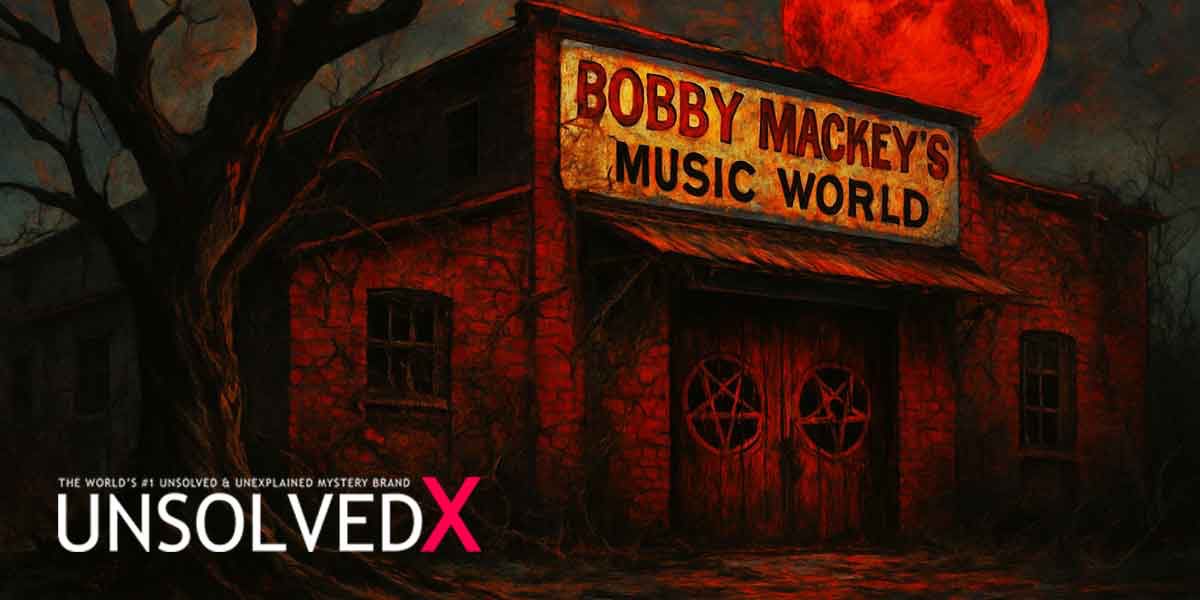
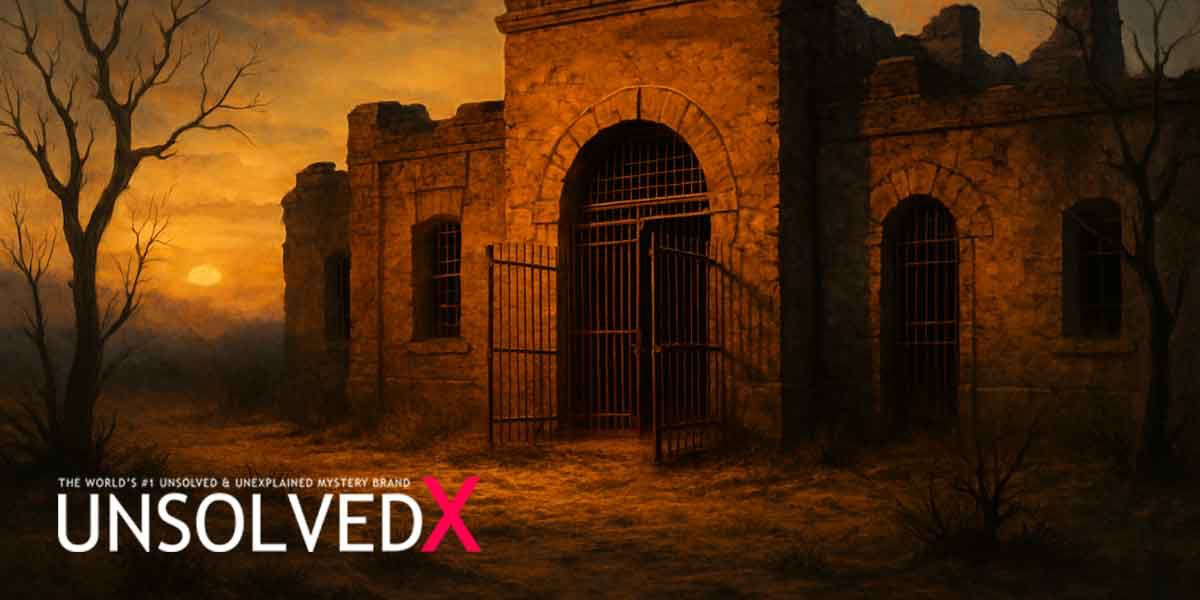
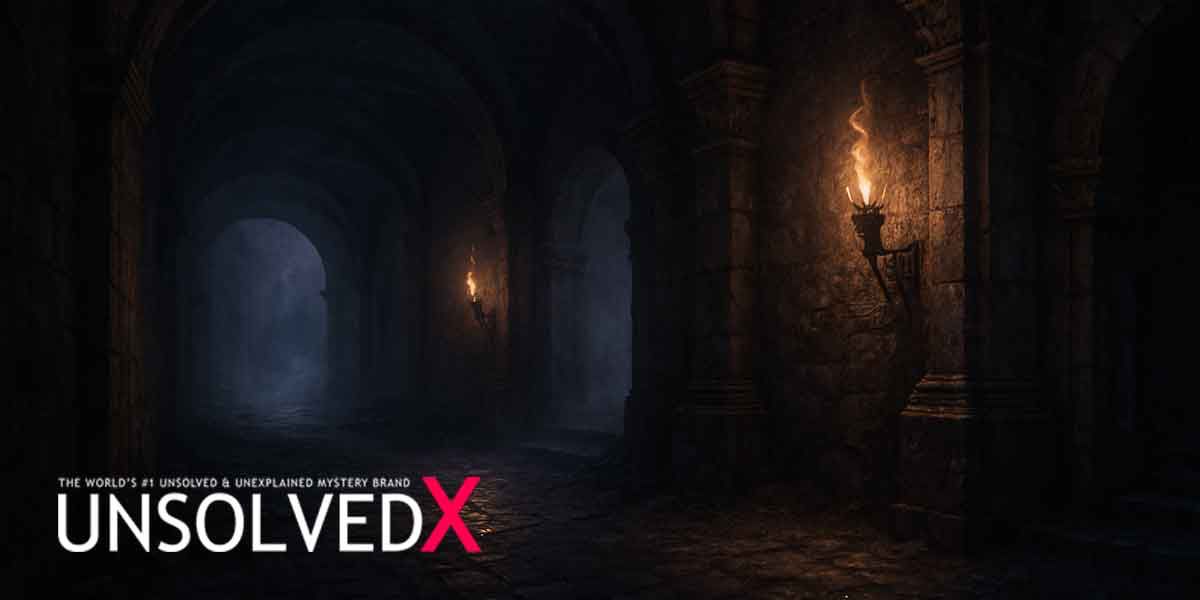
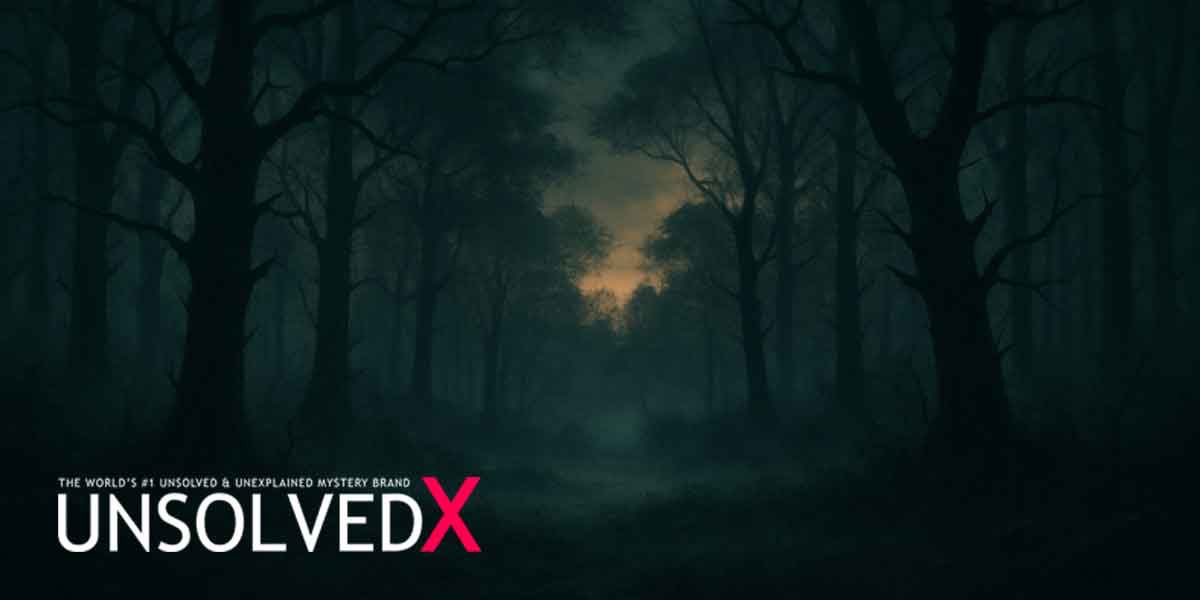
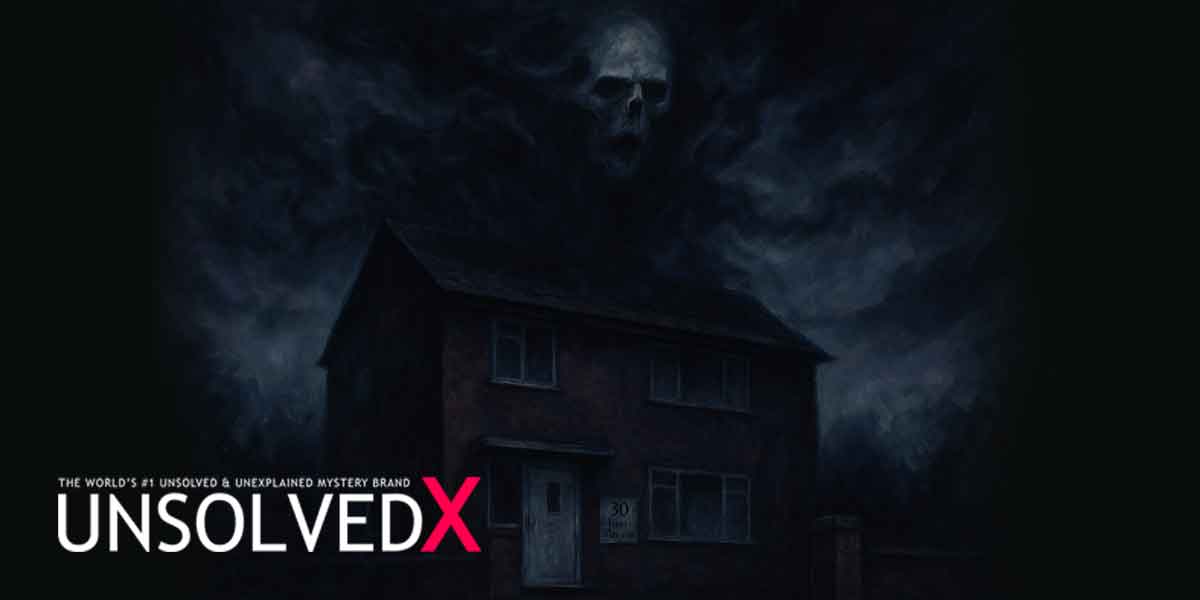
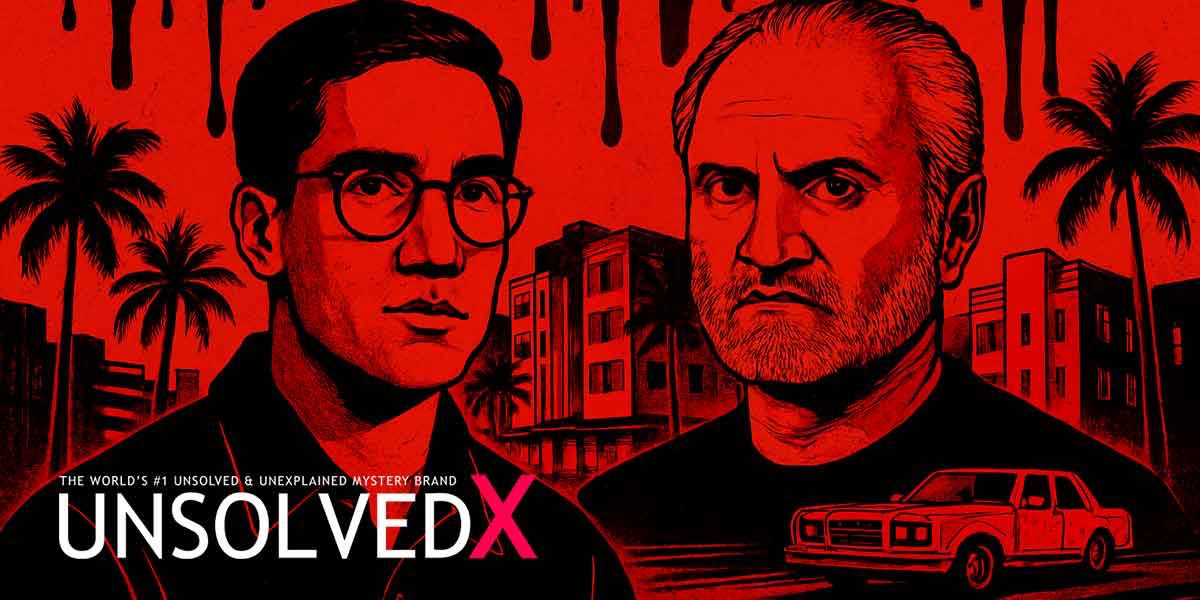
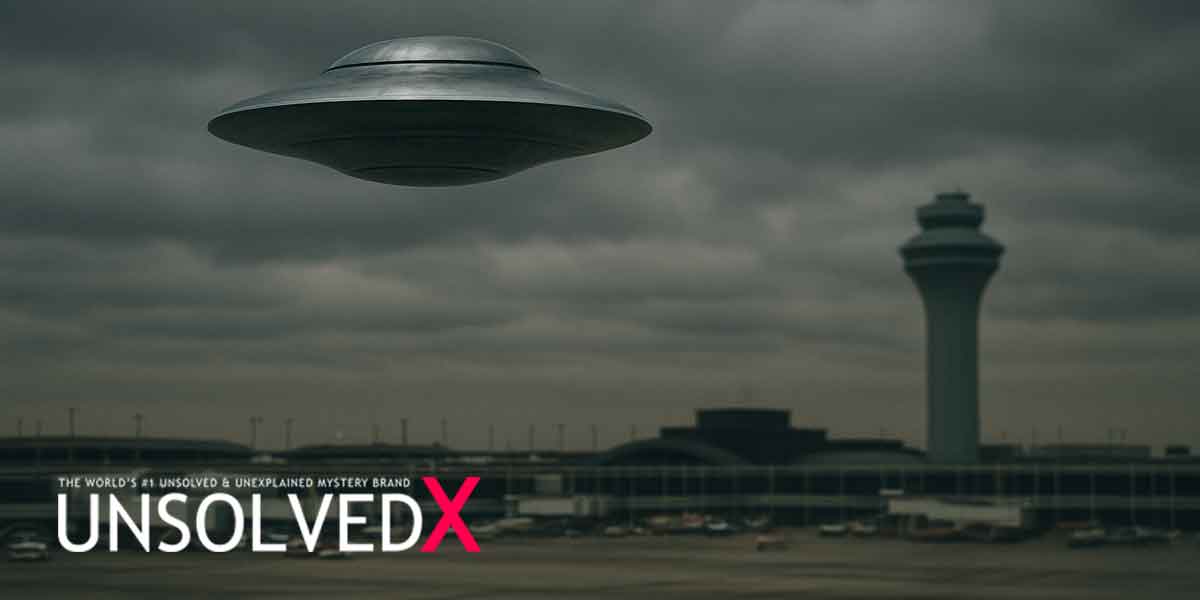

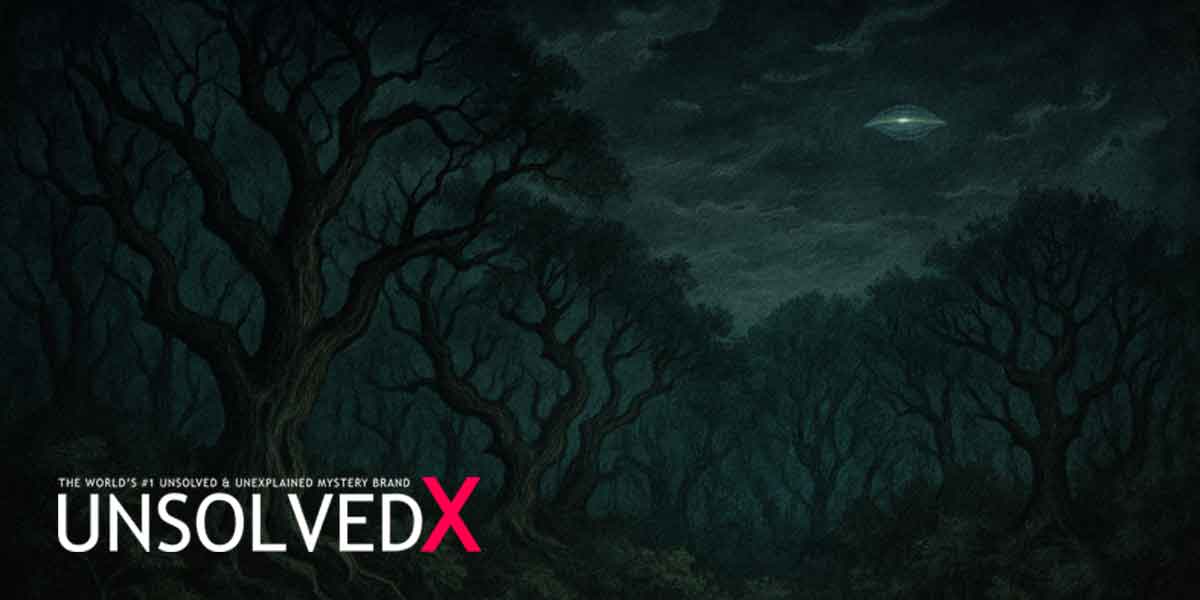
Comments
Comments section coming soon!